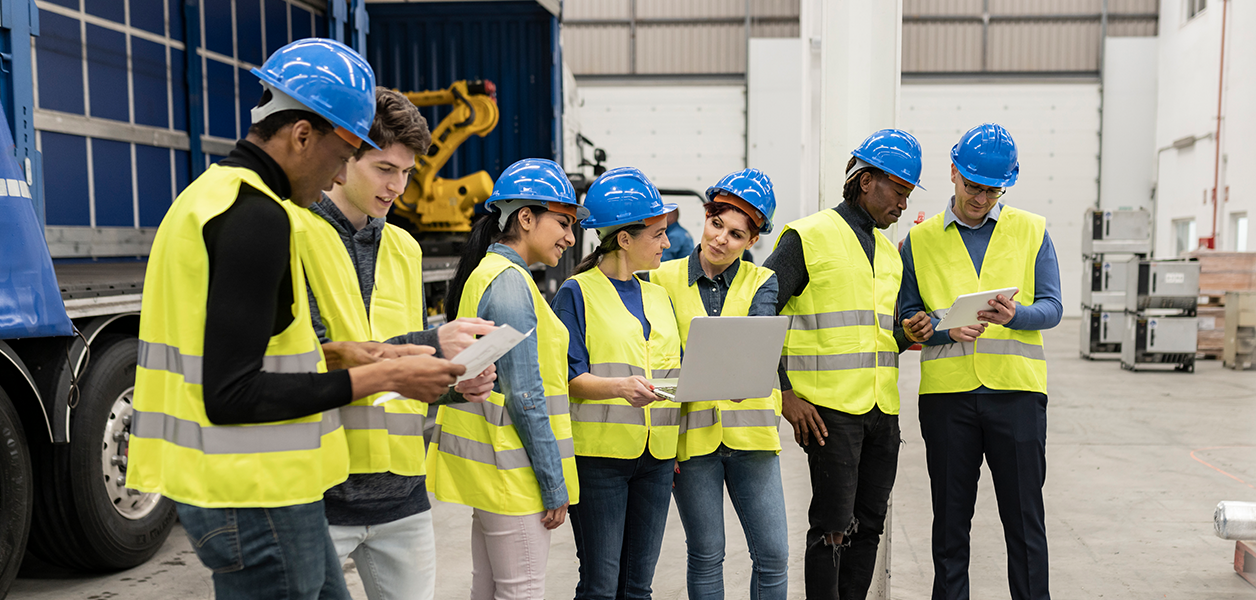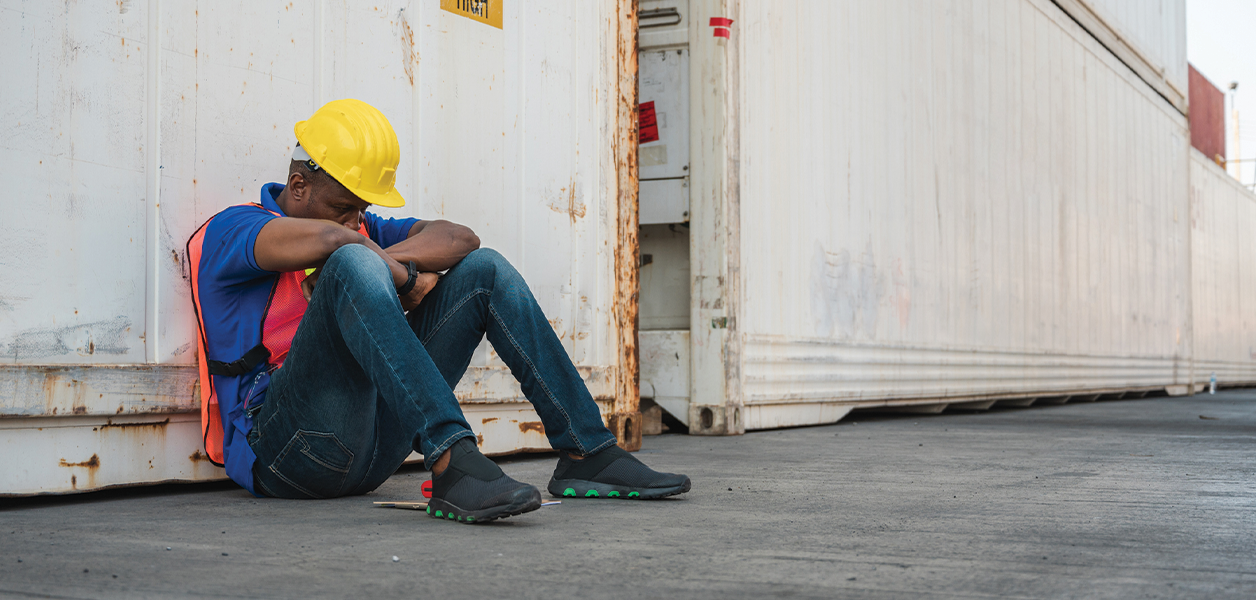Safety is crucial in the construction industry, and implementing technology and innovation can help reduce risk.
Construction Dive shares the following examples of technologies that can contribute to safety in the construction industry.
- Wearables: Smart helmets, vests and wristbands have sensors that can monitor vital signs; detect hazardous substances; provide real-time alerts in case of accidents; and track workers’ movements to prevent collisions.
- Virtual reality/augmented reality: VR and AR platforms can be used for immersive safety training simulations, allowing workers to practice handling hazardous situations in a controlled environment.
- Drones: Unmanned aerial vehicles with cameras and sensors can conduct surveys of job sites to identify potential hazards, monitor progress and inspect hard-to-reach areas without risking worker safety.
- Artificial intelligence: AI-powered algorithms can use data from sensors, cameras and other sources to predict safety incidents before they occur; schedule maintenance tasks; and automate safety inspections.
- Building information modeling: This software allows architects, engineers and construction teams to create digital models of buildings and infrastructure projects that can simulate construction processes, identify safety hazards and plan logistics more efficiently.
- Robotics: Robotic systems can perform repetitive or dangerous tasks such as heavy lifting and demolition with precision and consistency in hazardous environments.
- 3D printing/additive manufacturing: 3D printing can be used to create custom safety equipment, tools and building materials tailored to specific project requirements.
- Predictive analytics: Applying predictive analytics to historical safety data can identify trends and risk factors associated with workplace accidents; the information can be used to prevent future incidents.
- Remote monitoring and telepresence: These allow supervisors to oversee construction activities and provide real-time guidance to workers from a centralized location.
- Exoskeletons: Wearable robotic devices can help reduce the risk of musculoskeletal injuries by providing support and assistance to workers when performing physically demanding tasks.


.png)


